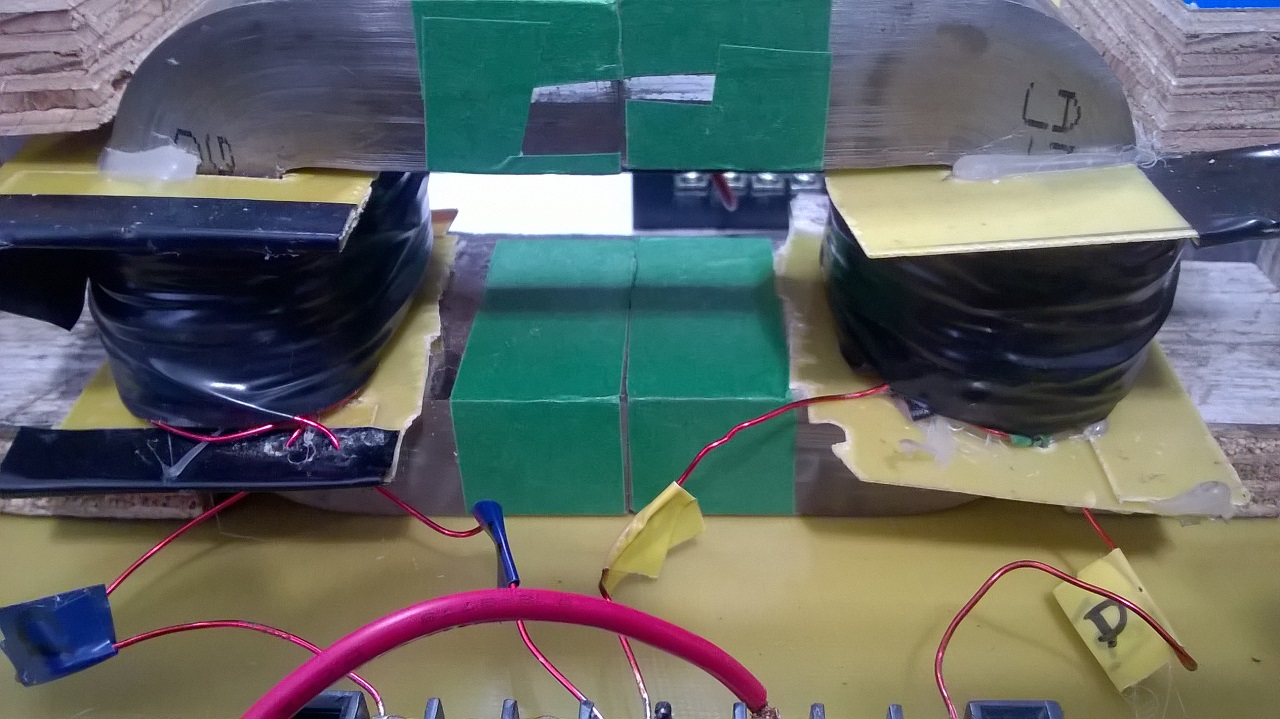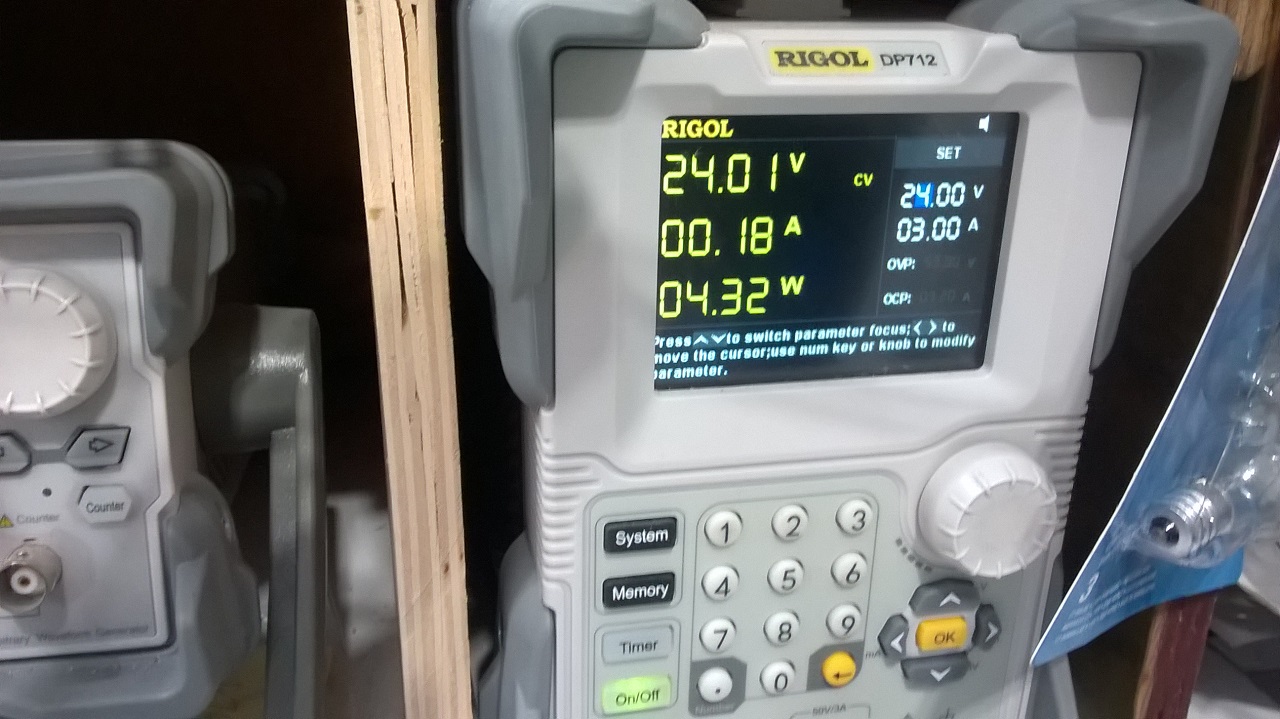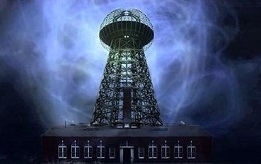Quoting:Itsu
I did not refute anything, why so upset if anyone asks a simple question.
I do not trust my A6302 current probe as in the last 10 years i have used them i have my 5th one now, so they are not that reliable, you will notice that sooner or later.
You will not notice when they go defective most of the time and will give you false readings, therefor i always, when possible, do a compare with the P6021 AC only probe when appropriate or with a simple 1 Ohm 1% induction free resistor. Check, double check.
I am happy for you and everyone who is able to present a COP > 1, but you should expect and accept that people start asking questions, perhaps to replicate your success.
Itsu
Let me guess, we have "measurement errors" here too, isn't ?..
That's not a question, that's a insinuation that Jagau's probe is defective.
The 2.533W input with 4.032W output is 1.6 COP and it surely is a pretty good COP but...
So "1.6 COP, nah...", right ?
Let me ask you something, in 10-15 years on overunity site how many times you had a device showing at least a bit over 1 COP ? I will tell you: NEVER. And now you act like your entire life you worked only with devices having COP 10 and above ! Really ?...
You know why ? Because that's the general attitude there about everything: "nah...". And the result is that site full of "experts" never came with anything new ever in all these 15 years. Because everytime someone come there with a device to present it all the "experts" start struggling to enforce it in the "measurement error" scenario, ineventing "rules" when necessary, ignoring data when necessary, doing everything to come to the unique conclusion present on that site since its beginning: "nah...".
Jagau is presenting the correct formula to calculate the correct input for PWM input using frequency, duty-cycle, voltage and current; everything documented by multiple very valid documents and online calculators. You replied again with some kind of "nah...".
I already see a pattern here, you simply can't get rid of that attitude, isn't ?..
Let me tell you something, we'll not gonna have the b*sh*t from that site imported here, you got my word. Also harassing our members, especially the ones from our core team is a big NO, there will be a warning then the ban.
You may consider this post as that warning.
Continue with this attitude of saying "nah" to everything you see here and soon you'll return to your buddies who can't think outside of the box, can't get over their standard "measurement error" so called conclusion.
I'm sorry, I thought you came here to really try a replication but the "conclusion" you came here looking for is so obvious.
Even if you have examples of ZPM's input reduction effect, your main preocupation was not to check what's different between what I presented or Atti presented or Jagau presented, instead you jumped to make measurements on a device which is not having that effect because that's the "conclusion" you came here for: ZPM is consuming tens and tens of watts. Are you sure what you measured is a ZPM ? Because without the input reduction effect the measurements are useless but very helpful for the "conclusion" you came here for.
This is the voltage and current going across and through the bulbs when at 378kHz resonance as before, again with 20A of P2P current, but a mere 4.7W of power.
There is no real power there...
Ask yourself, if that's the extra-power (with MOSFET off) you see in a device without the input decreasing effect, what extra-power will be there when the effect is present ?
After all your general opinion about this kind of research can be resumed to what you said when you came here:
You keep mentioning Akula or Don Smith's devices as examples, but to my knowledge nobody was able to do a succesfull replication of either devices, so taking them as good examples looks dubious to me at the least IMHO.
So basically what Tesla, Bearden, Don Smith, Akula, Kapanadze, Gunderson etc. did explained and demonstrated are not good examples and are dubious just because we don't know anyone who replicated them, right ? Then what are you doing in this field of reasearch if you really don't believe in anything like this ?..
Anyway, remember, we will not have the useless and destructive attitude from overunity site imported here. I promise that and I'll make sure of that.
Regards,
Fighter
| "If you want to find the secrets of the universe, think in terms of
energy, frequency and
vibration." |
|
|
Nikola Tesla |









